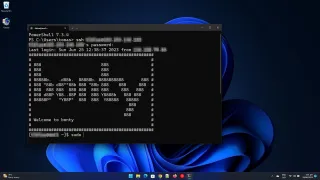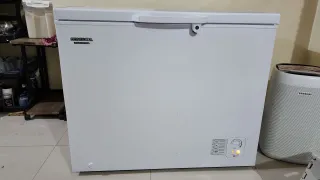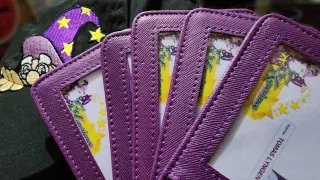Connecting to Linux SSH using Windows Terminal

Windows Terminal / PowerShell
Open up Windows PowerShell, either in Terminal or directlyConnecting to server
Now you want to connect to your host#Example ssh [email protected]
If it's your first time connecting, you might be asked if you want to trust the connection. If you are sure it's the right server, enter yes to trust it
Next you'll be asked to enter your password
Congratulations, now you're connected to the server
Use other port than 22
If your server is not using the standard SSH port 22, then you need to define what port to use#Example ssh [email protected] -p 1234
Now you'll connect over port 1234, instead of port 22
Reconnecting

Next time you want to connect, just start typing SSH and you'll get a suggest for your last connection
If you want to reconnect, just press arrow left and it will be populated. Then press enter to connect as normal
Exiting connection
Once you're done, you can use exit or logoffSending single command
You can also send single commands, that will return result without leaving the connection open#Example ssh [email protected] ls
This will return a list of everything in default login directory
Sending multiple commands
You can also send multiple commands, that will return result without leaving the connection openHere it's important that each command is ended with semicolon ; and that the entire command section is surrounded by double quotes "









